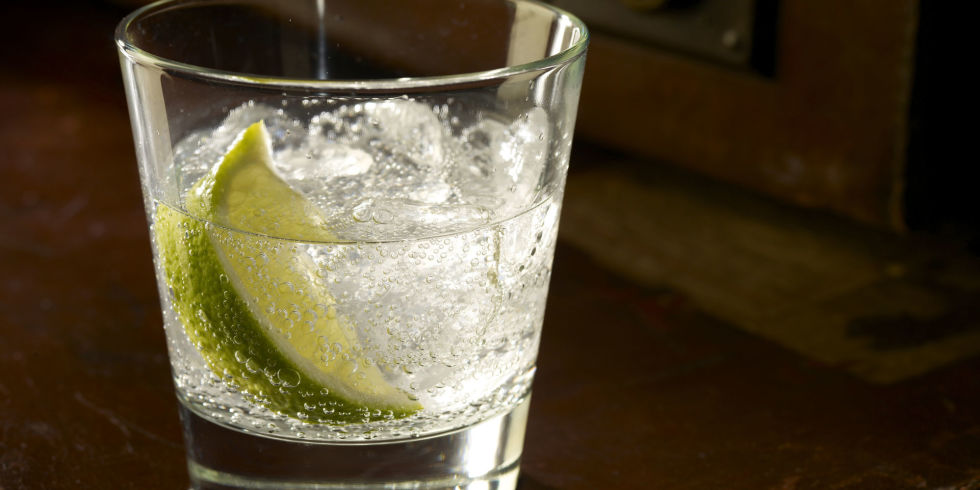Gin has long been known as a tearjerker, but new research suggests that there might be some truth in the idea that Mother’s Ruin makes you cry.
A new study into drinking and emotions found that spirits are most likely to trigger tearfulness when compared to wine and beer.
Researchers from Public Health Wales and King’s College London questioned nearly 30,000 people aged between 18 and 24 to find out how drinking beer, wine and spirits affected them in different settings.
The results, published in the British Medical Journal, showed that the participants linked positive and negative emotions – energised, relaxed, sexy, confident, tired, aggressive, ill, restless and tearful – with different drinks.
Spirits were the least likely to be associated with feeling relaxed, with just 20 per cent saying it helped them to unwind.
Drinking spirits was also more likely to induce negative emotions than any other type of alcohol. Nearly a third of spirit drinkers linked tipples like gin, rum and whisky with feelings of aggression compared with only 2.5 per cent of red wine drinkers.
However, while red wine drinkers reported the highest level of tiredness, over half of all respondents associated drinking spirits with emotions of energy and confidence. Almost 43 per cent said that drinking spirits made them feel sexy.
According to the researchers, these positive feelings are influenced by external factors.
‘Feeling positive emotions may in part be related to the promotion of positive experiences by advertising and the media, but the case for experiencing negative emotions is less well founded given that negative emotions are generally not promoted,’ the team concluded.
‘Emotions experienced could also be related to when the alcohol is drunk, the levels of alcohol within each beverage type and the different compounds found in different drinks.’
The researchers hope the results will help to shed light on the motivations for drinking in order to address alcohol misuse.
‘Results from these analyses can be used by public health bodies to better understand alcohol consumption behaviour and to inform strategies and interventions to promote changes in consumption, particularly among heavier drinkers,’ they said.












